
- The Future -
NASA’s future will continue to be a story of human exploration, technology, and science. We will go back to the Moon to learn more about what it will take to support human exploration to Mars and beyond. We will continue to nurture the development of a vibrant low-Earth orbit economy that builds on the work done to date by the International Space Station. NASA engineers will develop new technologies to improve air transport at home and meet the challenges of advanced space exploration. Our scientists will work to increase an understanding of our planet and our place in the universe. We will continue to try to answer the question, “Are we alone?”
Unlike the way the space program started, NASA will not be racing a competitor. Rather, we will build upon the community of industrial, international, and academic partnerships forged for the space station. Commercial companies will play an increasing role in the space industry: launching rockets and satellites, transporting cargo and crew, building infrastructure in low-Earth orbit. NASA will continue to be a global leader in scientific discovery, fostering opportunities to turn new knowledge into things that improve life here on Earth.
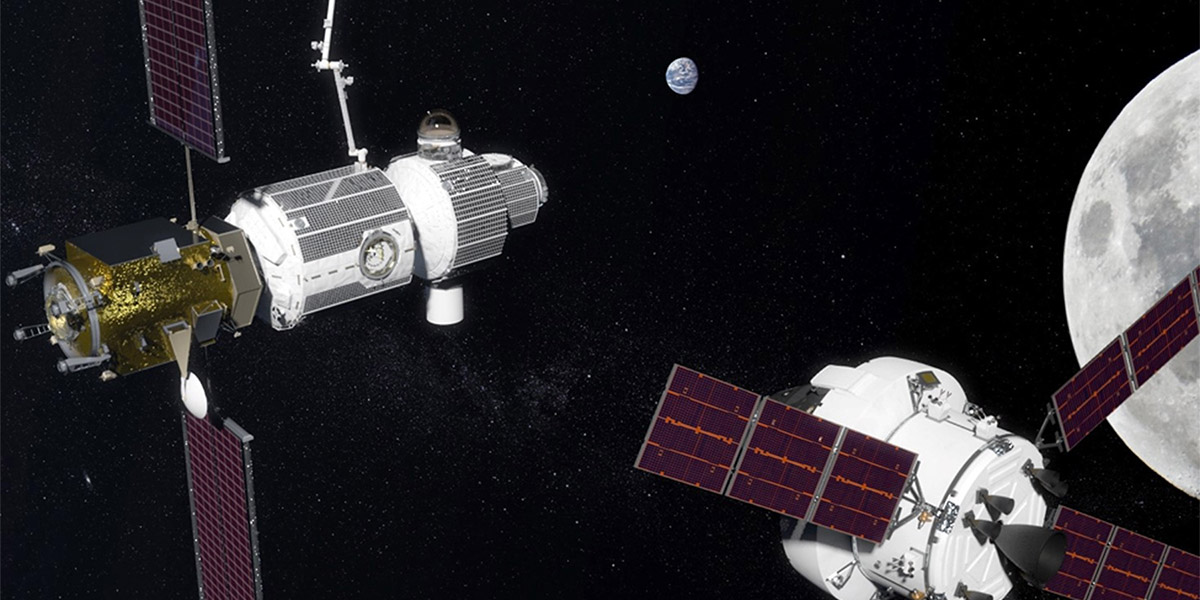
Artist’s concept, NASA’s gateway in lunar orbit. It will consist of at least a power and propulsion element as well as habitation, logistics, and airlock capabilities. The power and propulsion element will be the first component to launch for placement near the Moon in 2022, with additional elements launching in subsequent years.
Image Credit: NASA
Moon 2024
In the half-century since people visited the Moon, NASA has continued to push the boundaries of knowledge to deliver on the promise of American ingenuity and leadership in space. And NASA will continue that work by moving forward to the Moon with astronauts landing on the lunar South Pole by 2024.
NASA is implementing the President’s Space Policy Directive-1 to “lead an innovative and sustainable program of exploration with commercial and international partners to enable human expansion across the solar system.” NASA stands on the verge of commercializing low-Earth orbit. These experiences and partnerships will enable NASA to go back to the Moon in 2024 – this time to stay. NASA’s backbone for deep space exploration is the biggest rocket ever built, the Space Launch System (SLS), the Orion spacecraft and the Gateway lunar command module. With its partners, NASA will use the Gateway lunar command module orbiting the Moon as a staging point for missions that allow astronauts to explore more parts of the lunar surface than ever before
Aeronautics
NASA’s work in aeronautics has made decades of contributions to aviation, national security and our economy. Ongoing research and testing of new aeronautics technologies are critical in these areas and will help the U.S. lead the world in a global aviation economy, with increasing benefits worldwide. Developing quiet supersonic transport over land, and quieter, cleaner aircraft technologies are two ways NASA is transforming aviation.
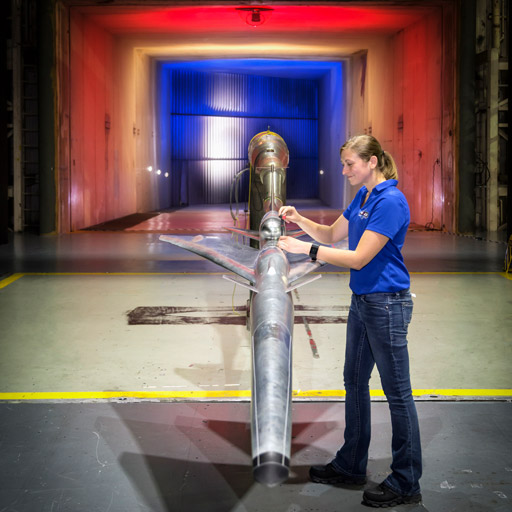
Image Credit: NASA/Chris Giersch
Quiet Supersonic Technology
Testing the Quiet Supersonic Technology (QueSST) Preliminary Design Model inside NASA Langley Research Center’s 14-by-22-foot Subsonic Tunnel. The QueSST Preliminary Design is the initial design stage of NASA’s planned Low-Boom Flight Demonstration experimental airplane, or X-plane, which aims to reduce fuel use, emissions, and noise, and to make supersonic flight over land possible.
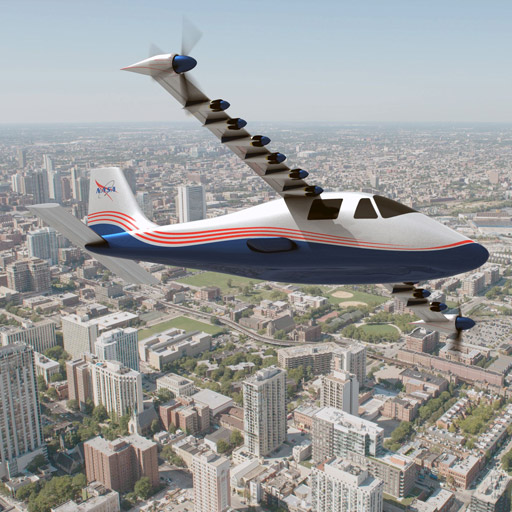
Image Credit: NASA Graphic / NASA Langley/Advanced Concepts Lab, AMA, Inc.
X-57
Artist’s concept of NASA’s X-57 ‘Maxwell’ aircraft. The X-57 will be the first all-electric X-plane and will be flown to demonstrate the benefits that electric propulsion may yield for the future of aviation. The goal of the X-57 is to achieve a 500-percent increase in high-speed cruise efficiency, zero in-flight carbon emissions, and flight that is much quieter for the community on the ground.
Earth
Space exploration likely comes to mind when you think of NASA, but NASA’s work has many benefits that are closer to home for Earth and its citizens. Earth science research will continue, with new technologies that will help us understand Earth as a system and its responses to natural or human-induced changes. Scientists utilize satellites, airborne missions, and ground-based observations to gather data about the ongoing natural and man-made changes to Earth’s land, water, and air to help improve the quality of life around the world.
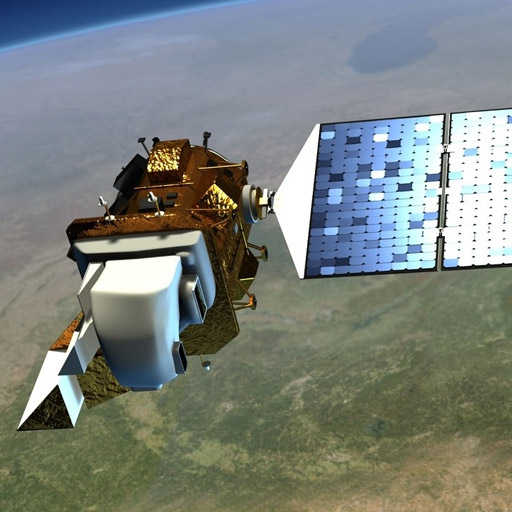
Image Credit: NASA
Landsat 9
NASA’s best known Earth Science program will continue with the launch of Landsat 9 in 2020. Landsat 9 will extend our ability to measure changes on the global land surface at a scale where we can separate human and natural causes of change. When land use and resource availability issues arise, Landsat 9 will help decision makers make informed management decisions. Landsat 9 will thus contribute a critical component to the international strategy for monitoring the health and state of the Earth.

Image Credit: NASA
SWOT
Artist’s concept for the Surface Water and Ocean Topography (SWOT) mission, targeted for launch 202, will make the first global survey of Earth’s surface water. SWOT will monitor how water bodies change over time and support societal needs such as dams and shipping.
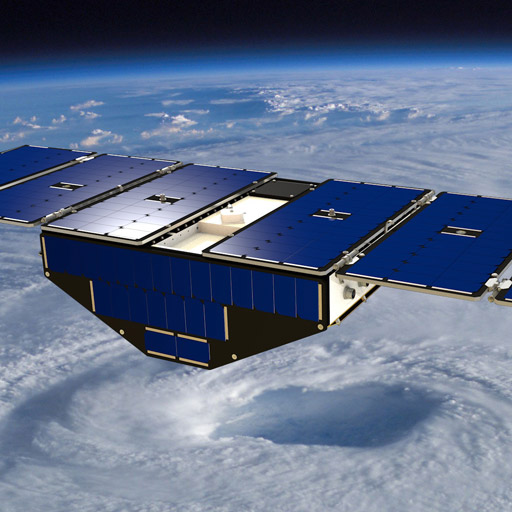
Image Credit: NASA
CYGNSS
Artist’s concept of one of the eight Cyclone Global Navigation Satellite System (CYGNSS) satellites deployed in space above a hurricane. CYGNSS uses GPS technology to help measure ocean winds, which will give scientists an earlier and more detailed view of a storm’s strength and direction.
Technology
When NASA was created 60 years ago, it had to invent the technology to get where we needed to go, and we will continue to push the boundaries of technology into the future. New emerging technologies that open opportunities for research and exploration with minimal investments include NASA’s small satellites. Exploring deep space and three-year missions to Mars pose new challenges: Can you take enough? Can you grow it or make it in space? Can you do your own repairs and maintenance? As before, NASA will adapt solutions to these and other challenges into technologies that will improve life at home.

Image Credit: NASA/Emmett Given
3D Printer
International Space Station’s 3D printer manufactures objects out of plastic. NASA is developing more advanced printers that can add metals and other materials like regolith into the mix. Being able to make parts in space will come in handy during emergencies.
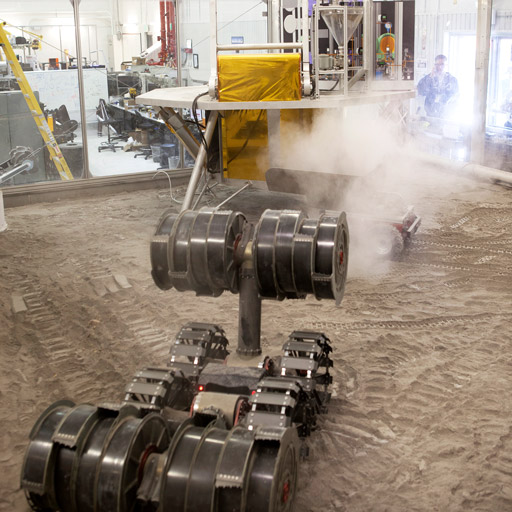
Image Credit: NASA
RASSOR
NASA’s Regolith Advanced Surface Systems Operations Robot (RASSOR) excavating simulated extraterrestrial soils. NASA is developing technologies to drill into regolith (space word for “soil”) on the Moon, Mars, and asteroids and to convert it into oxygen, drinkable water, other products to support human and plant life, consumables, and fuel sources.
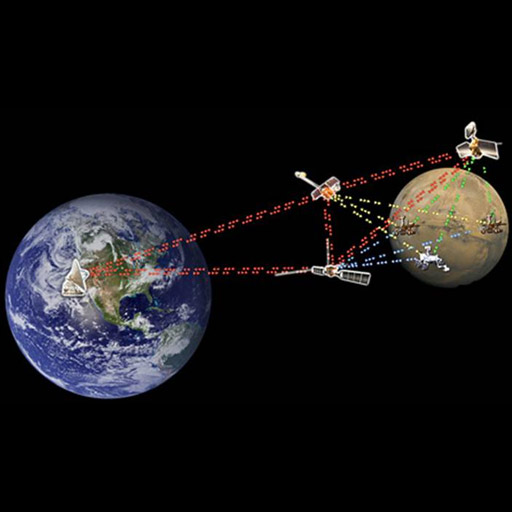
Image Credit: NASA
DTN
Communicating from Earth to any spacecraft is a complex challenge, largely due to the extreme distances involved. When data are transmitted and received across thousands, millions, and even billions of miles, the delay and potential for disruption or data loss is significant. Advanced communication technologies are essential to enhance deep space exploration for both robotic and human missions. Delay/Disruption Tolerant Networking (DTN) is NASA’s solution to reliable internetworking for space missions. DTN will enable a Solar System Internet with automated data delivery between users no matter how distant and intermittent their connections may be.
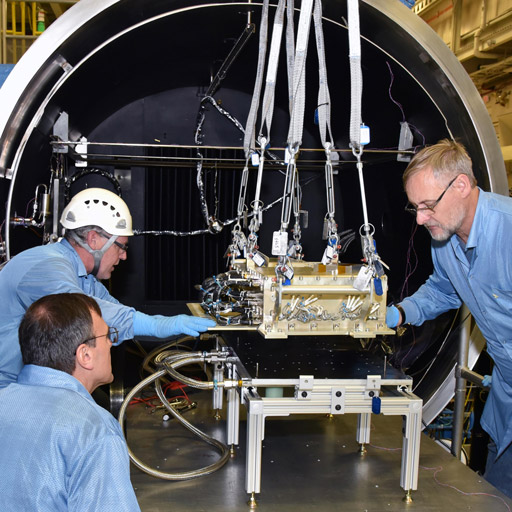
Image Credit: NASA
LRCD
Technicians test a flight modem in a thermal vacuum chamber for NASA’s Laser Communications Relay Demonstration (LRCD) mission. The modems encode data into laser light to be transmitted to the ground from a satellite orbiting at the same speed Earth is turning. Optical communications technologies can dramatically improve communications between spacecraft and Earth—10 to 100 times better than radio communications’ data rates.
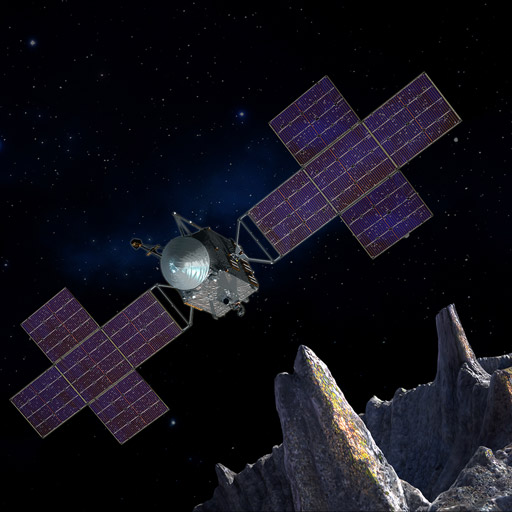
Image Credit: NASA
DSOC
The Deep Space Optical Communications (DSOC) package aboard NASA’s Psyche will use a light or laser communications to transmit more data to Earth in a given amount of time. The DSOC seeks to increase spacecraft communications performance and efficiency without increasing the mission burden in mass, volume, power and/or spectrum.
Human Spaceflight
Nearly a half-century ago, Apollo 11 astronaut Neil Armstrong walked on the Moon. NASA is now preparing for an ambitious new era of sustainable human spaceflight and discovery. The agency is building the Space Launch System rocket and the Orion spacecraft for human deep space exploration. With the help of commercial and international partners, NASA will develop new opportunities in lunar orbit, including a platform to aid surface exploration and serve as a gateway to Mars. The International Space Station will continue to serve as the world’s leading laboratory where researchers can conduct cutting-edge research and technology development to enable human and robotic exploration of the Moon and Mars. The space station will also facilitate the growth of additional privately owned spaceships for continued research and transportation in low-Earth orbit.

Image Credit: NASA
BEAM
The Bigelow Expandable Activity Module (BEAM), constructed by Bigelow Aerospace, attached to the International Space Station’s Tranquility module to test the technology. Lightweight expandable or “inflatable” habitats require much less transport volume for potential future space missions. The modules expand after being deployed in space, providing a comfortable area for astronauts to live and work.
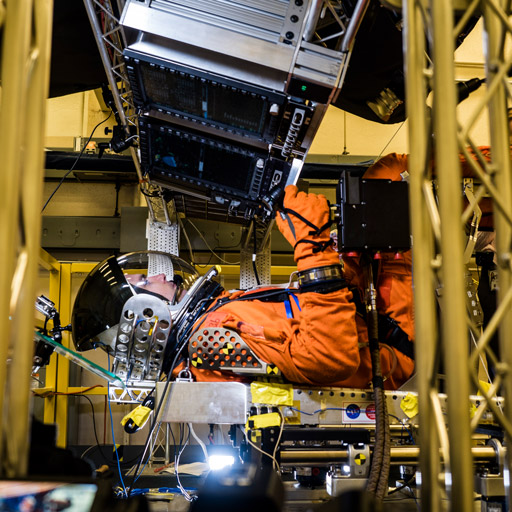
Image Credit: NASA/Rad Sinyak
Orion Spacecraft
Testing for the new Orion spacecraft. In a lab at NASA’s Johnson Space Center in Houston, engineers simulated conditions that astronauts in space suits would experience when the new Orion spacecraft is vibrating during launch atop the agency’s powerful Space Launch System rocket on its way to deep space destinations.
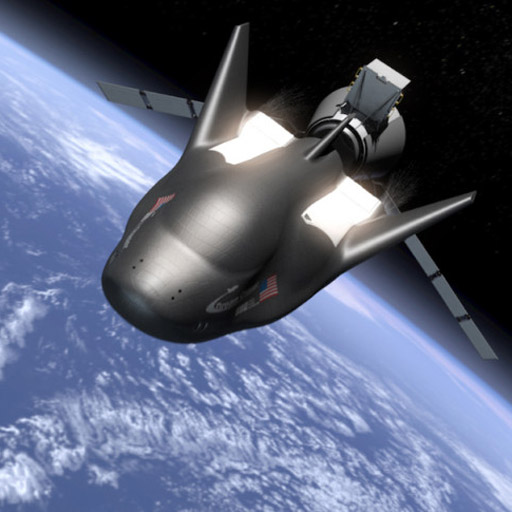
Image Credit: Sierra Nevada Corp
Dream Chaser
Sierra Nevada Corporation’s Dream Chaser cargo spacecraft will join NASA’s commercial cargo providers Orbital ATK and SpaceX to deliver research and supplies to the International Space Station. The Dream Chaser also will be able to bring research back to Earth, and Sierra Nevada Corporation also is developing a crew version of the spacecraft for commercial use.
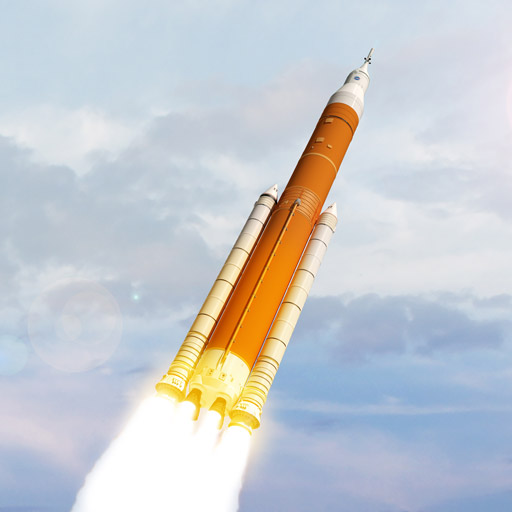
NASA's Space Launch System will be 364 feet tall in the crew configuration and will have a 115-ton lift capacity.Image Credit: Sierra Nevada Corp
Space Launch System
NASA’s Space Launch System, or SLS, is a powerful, advanced launch vehicle. With its unprecedented power and capabilities, SLS will launch crews of up to four astronauts in the agency’s Orion spacecraft on missions to explore multiple, deep-space destinations. Offering more payload mass, volume capability and energy to speed missions through space than any current launch vehicle, SLS is designed to be flexible and evolvable and will open new possibilities for payloads, including robotic scientific missions to places like Mars, Saturn and Jupiter.
Universe
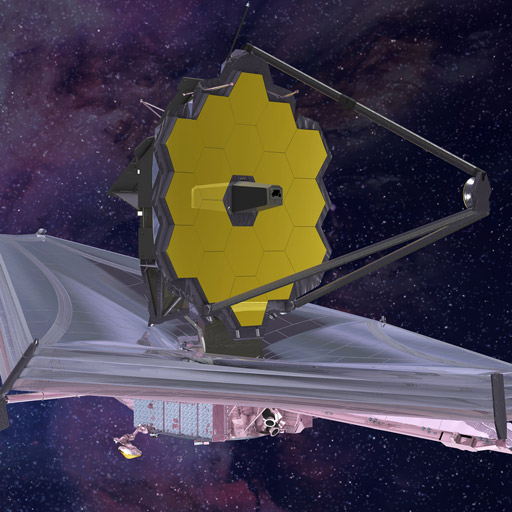
Image Credit: NASA
James Webb Space Telescope
The James Webb Space Telescope, a NASA-led project in collaboration with the European and Canadian space agencies, will be world’s next premier space science observatory. Webb will solve mysteries of our solar system, look beyond to distant worlds around other stars, and probe the mystifying structures and origins of our universe. Webb will study every phase in the history of our universe, ranging from the first luminous glows after the Big Bang to the formation of solar systems and the evolution of our own solar system. Webb will open up new windows to study the atmospheres of planets around other stars and how it relates to exoplanet systems.
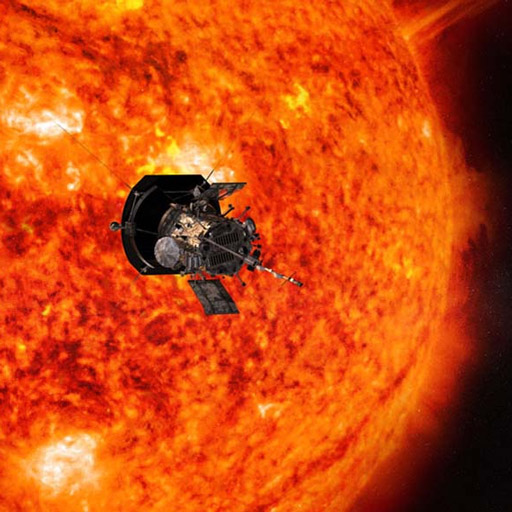
Image Credit: NASA
Parker Solar Probe
NASA’s Parker Solar Probe will be the first-ever mission to "touch" the Sun. The spacecraft, about the size of a small car, will travel directly into the Sun's atmosphere about 4 million miles from our star's surface.
Solar System
NASA will be returning to places previously explored with ambitious new missions and new technologies. Much remains to be learned about the Moon and how we might use its soils and other resources to support human habitation elsewhere. The complex journey to Mars is challenging NASA and its partners to figure out how to get there, land there, live there and get home. NASA will also be searching for clues of life throughout our solar system.

Image Credit: NASA
Mars 2020 Rover
NASA’s Mars 2020 Rover will be instrumental to NASA’s Mars Exploration Program, which seeks to determine whether life ever arose on Mars, to characterize the climate and geology of the Red Planet, and to prepare for human exploration.

Image Credit: NASA
Europa Clipper
NASA's Europa Clipper will conduct detailed reconnaissance of Jupiter's moon Europa and investigate whether the icy moon could harbor conditions suitable for life beneath its icy crust.

